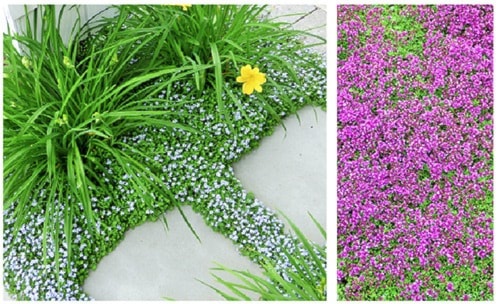The invaders first landed in New Westminster in the autumn of 2001 and, no, they didn’t arrive in flying saucers. Their mode of transportation was probably soil that came with a transplanted shrub.
Rhizotrogus majalis, or European chafer beetle, spread quickly, with the adults flying west towards the setting sun and infesting lawns in Burnaby and Vancouver.
That all changed the last few years with some peripheral movement to the northeast into the Tri-Cities region the result being that lawns in Port Coquitlam, Port Moody and Coquitlam are being torn apart by skunks, raccoons, jays and crows feasting on beetle larvae, which are in turn dining on the turf roots – a definite lose-lose scenario.
Of course, that wasn’t our problem. We always thought that the Pitt River would be a natural barrier to their spread here, but that is no longer the case.
I heard rumours of their presence in west Pitt Meadows last year, but now we know that they are infesting lawns right up to Harris Road and possibly into Hammond – so the time to get ready is now.
Start by learning your enemy’s habits and life cycle.
European chafer is a reddish-brown beetle that emerges out of the ground in late spring, swarms and mates on trees and shrubs at night and returns to the soil (usually a lawn) to lay eggs.
The first grubs (or instar) hatch in late July (the best time to control this pest), going through two more instars or stages through to November, all the while feeding on grass roots.
In mild winter weather, it continues to feed, although it will go deeper into the soil with frosts, rising again from March to May to feed, at which time it much resembles the monster from the movie Alien, with a large creamy-white curled body, a yellow head and legs on the front and spines protruding from the tail.
This instar stops feeding from mid-May to early June and pupates to become the adult beetle.
So now that you know what you are up against, how can you defend yourself against this insidious pest?
Here are the best options:
• Maintain a thick, healthy lawn – chafer beetle is always looking for those bare patches of dirt in a lawn to lay eggs. Thick, healthy lawns are more difficult to penetrate and are often minimally impacted. Also, keep it cut higher to deter chafer.
• Amend your lawn with micro clover – micro clover is a new dwarf cultivar of Dutch white clover (Trifolium repens), which grows low (seven centimetres) and rarely flowers, creating a dense mat below existing grasses that is difficult for chafer to penetrate.
A five to 10 per cent rate is recommended and there is also a chafer resistant seed mixture out there blended with tall fescue (whose roots are more difficult for the chafer to eat) and micro clover.
• Nematodes – nematodes (specifically Heterorhabditis bacteriophora) are microscopic worms (purchase at garden centres) that are watered into lawns in late July, infecting and killing the young grubs.
Water restrictions last year made application impossible, but Metro Vancouver is promising sprinkler exemptions for chafer control this time around.
• Replace the lawn – many Tri-City residents have chosen to replace their lawn with low-growing ground-covers, such as creeping thymes (Coccineus, ‘Purple Carpet’), blue star creeper, goldmoss stonecrop or brass buttons in conjunction with low growing shrubs and other perennials.
Mike Lascelle is a local nursery manager and gardening author (hebe_acer@hotmail.com).
